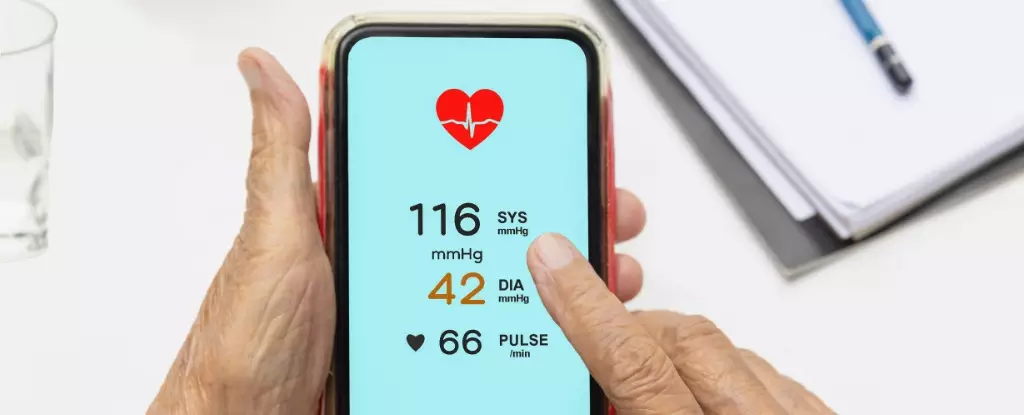High blood pressure, clinically known as hypertension, is a silent yet insidious condition that leaves millions unaware of the increasing risks to their cardiovascular health. This common ailment can lead to severe complications, including heart disease, kidney failure, and strokes, claiming countless lives each year. The traditional methodology for diagnosing and monitoring blood pressure, primarily administered through specialized equipment and clinical visits, poses obstacles in accessibility and awareness. However, with the rapid advancement of mobile technology, there is a burgeoning solution on the horizon in the form of a smartphone application designed to measure blood pressure accurately and efficiently.
Developed by a team of researchers from the University of Pittsburgh, this novel Android-based application harnesses the intrinsic components of modern smartphones—accelerometers, cameras, and touchscreen sensors—to gauge a user’s arterial pressure remotely. By eliminating the need for conventional blood pressure cuffs, which many lack access to, this innovative app emerges as a potential life-saver for underserved communities that often face healthcare inequities. Biomedical engineer Ramakrishna Mukkamala emphasized the tragic reality that many individuals don’t recognize their blood pressure issues until it is too late, underscoring the importance of such technological solutions in bridging the gap in healthcare accessibility.
Traditionally, blood pressure is measured using a sphygmomanometer, a device that uses a cuff to compress the artery and monitor systolic and diastolic pressures as it releases. The smartphone app deviates from this established procedure by analyzing variations in finger pressure on the touchscreen and the effects of gravity. Users are prompted to reposition their hands and apply specific touches on their screens as the app calculates blood pressure based on these movements. Biomedical engineer Vishaal Dhamotharan explains that this fluid approach allows for real-time measurement of pulse pressure, providing users an instantaneous insight into their cardiovascular health.
During tests involving 24 participants, the application demonstrated a formidable capability, yielding pulse pressure readings with an error margin of approximately 8 mm Hg when cross-referenced with conventional methods. Although still in development, the potential for this technology is significant and could evolve toward achieving higher accuracy as researchers continue refining the metrics used.
The implications of this smartphone technology extend beyond mere convenience. By leveraging devices that are already prevalent in daily life, the app represents a democratization of health monitoring. It empowers individuals, particularly in remote or low-income regions, to take charge of their health without the need for frequent doctor visits or expensive equipment. However, the challenge lies in changing public perceptions about the reliability of pulse pressure as a proxy for traditional blood pressure readings. Researchers acknowledge that altering entrenched views on healthcare practices will be essential for widespread adoption of this groundbreaking technology.
Moreover, Sanjeev Shroff, another engineer involved in the project, affirms that the aspiration for a cuffless, calibration-free blood pressure measurement device is akin to finding the ‘holy grail’ of hypertension management—an endeavor that is yet unrealized.
As the population continues to age and face the intertwining issues of lifestyle and health, solutions that blend technology and medicine are not merely advantageous; they are essential. The potential to transform a smartphone into an effective health monitoring device could radically shift how we approach preventative healthcare. In a world increasingly reliant on technology, this application symbolizes the intersection of innovation and necessity, paving the way for more accessible and immediate health solutions.
The ongoing research and development surrounding this app offer a beacon of hope, suggesting that as technology advances, so too does our ability to safeguard health on a broader scale. If effectively implemented, smartphone applications like this could redefine our relationship with healthcare—making it not just a service received at the doctor’s office, but a daily, proactive approach toward maintaining one’s health.


Leave a Reply